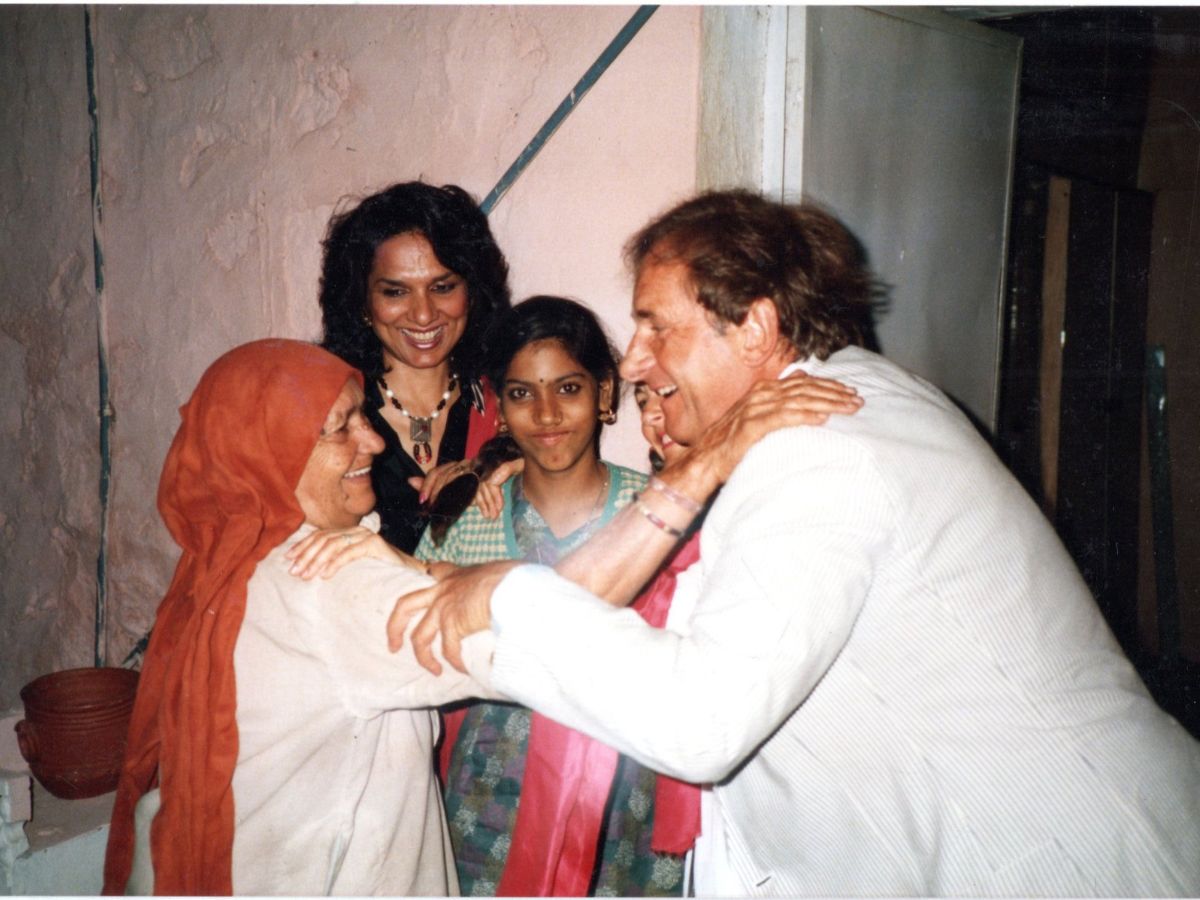Hauz Khas Village (HKV), located in the heart of Delhi, is a popular hangout known for its great ambience, vibrant pubs, restaurants, and designer stores. Come events like the New Year’s Eve, young revellers throng the village to ring in the new year with gusto and gala.
But, how did this quaint historic neighbourhood come into vogue?
In the late eighties, HKV transformed from a quiet urban village with remnants of Alauddin Khalji-era architecture into a trendy destination. Hauz Khas literally means ‘royal water tank’.
Sultanate to hi-fashion
So, what used to be a settlement around a water reservoir in the medieval era, is a funky tourist destination, attracting a large number of young party-goers, co-existing with the 14th-century ruins.
Credit where it is due; the visionary efforts of Bina Ramani, now 80, transformed HKV into the trendy hotspot for the jet-setters during the nineties.
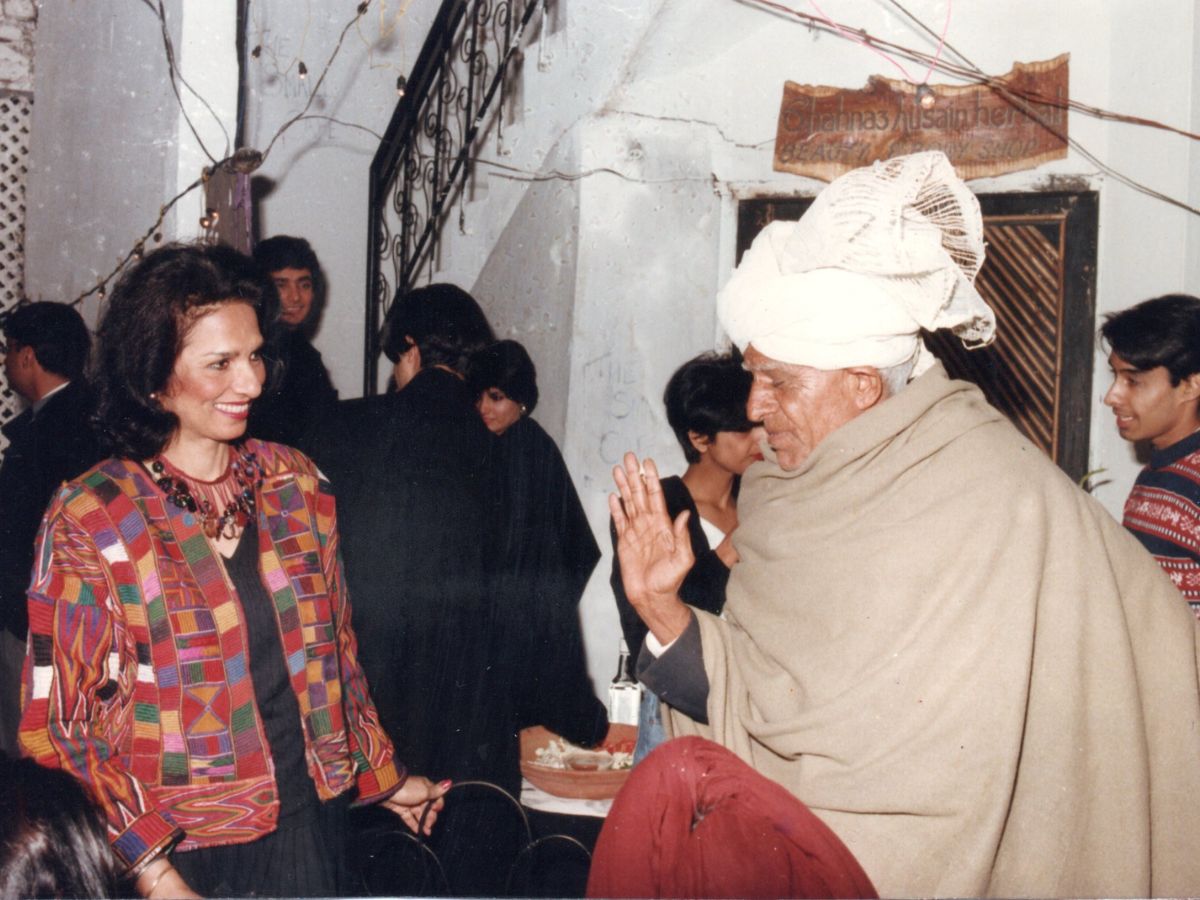
As it stands now, HKV is an arty pedestrianised neighbourhood known for its eclectic mix of established galleries, independent fashion boutiques and vintage Bollywood poster shops. It houses fancy restaurants and hep bars that offer everything from Indian takes on Mexican cuisine to traditional Tibetan fare.
Designer Tarun Tahiliani says, “Hauz Khas Village, when it started, was a dream. It was one of the things I loved about Delhi. When I moved here after reading William Dalrymple’s book City of Djinns and visited Hauz Khas, I felt that medieval India existed alongside modern India. I am always interested in this juxtaposition.”
Losing the charm
Speaking about the “charm” of HKV and what eventually created a mess, he goes on to say, “It had cute little eateries. Ogaan, the boutique started by Kavita Bhartia has always been an anchor and still exists at the same spot.
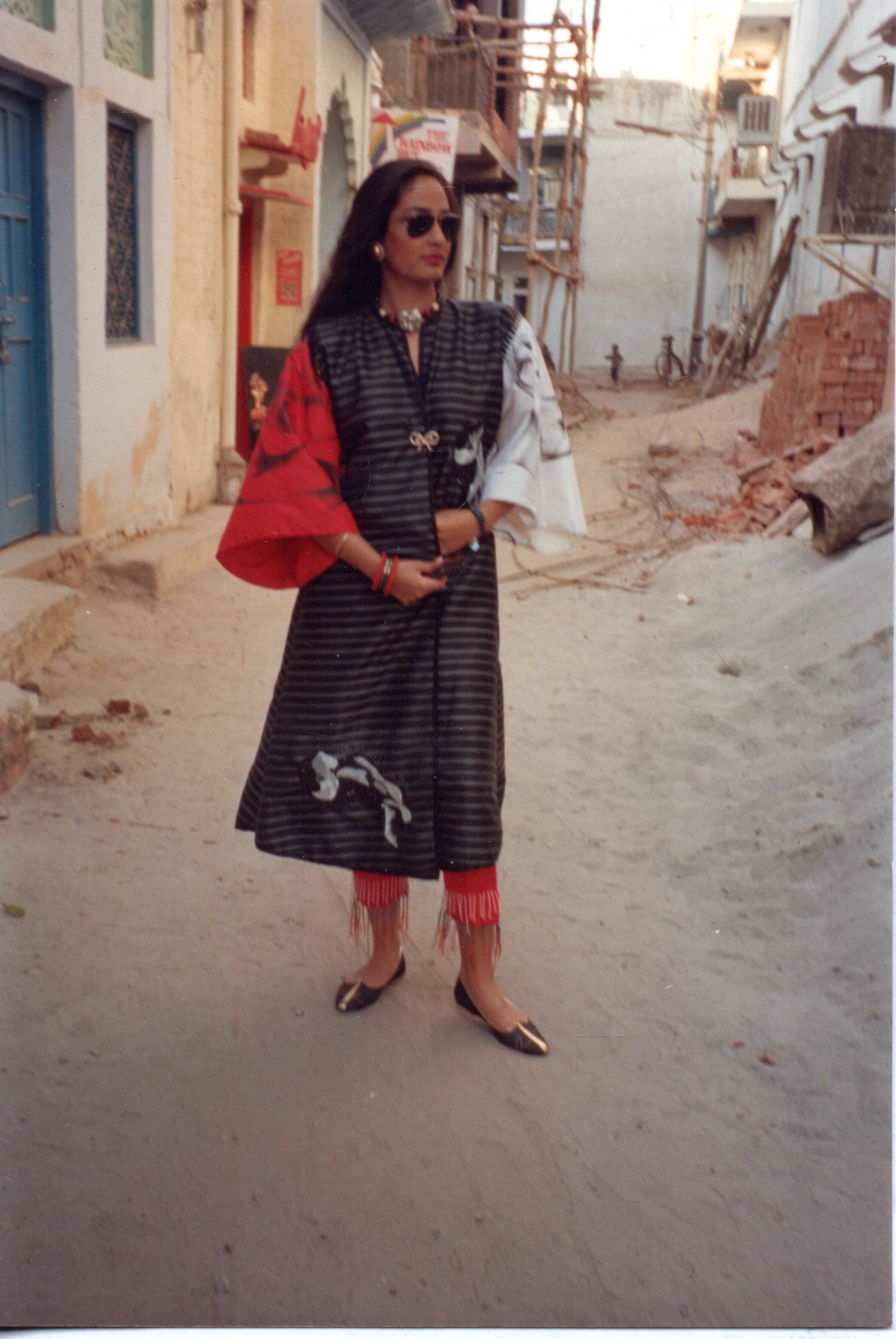
Unfortunately, what happened was that the infrastructure was not managed well and HKV became a mess with rampant construction and traffic jams, but I still think that it has a lot of resonance especially with the young. I don’t go there too much now and when I do, it’s to the other side of Hauz Khas for the beautiful water body and monuments and the Deer Park.”
Bina, who had just returned from New York, chanced upon Hauz Khas Village when she was staying in the neighbourhood.
“It was a small forgotten rural area in the heart of south Delhi that stood out because of its Sultanate-era magnificence. At that time, I wanted to open my own boutique and I found this quaint spot appealing. I realised that this could turn into a beautiful hub for fashion and art. Even though its vibe has changed from being a hi-fashion destination to a party place, it still attracts crowds. It has an international feel – like a bit of Goa in Delhi,” she recalls.
A designer, socialite and restaurateur, Bina is in praise of Choudhary Raghuvir Singh, who was the head of the village. She says, “He was a man with a vision and co-operated fully to change the village. He was a progressive gentleman because of whom I, along with a few others who had joined in to open shops, could make the village what it is now.”
Bina’s boutique Once Upon a Time opened its doors in HKV in 1987 and created quite a stir. She remembers her “collections” in her book Bird In A Banyan Tree.
“I synergised antique Indian sarees with brocade, ikat, and motifs, into western bodylines. I created bold Nehru jackets with harem pants, the traditional folk ghagra and choli found a new look with my mix and match pieces combining long kurtis, short cropped vests and voluminous skirts with matching soft mojris (handmade leather shoe worn in north India and Pakistan). I even introduced the Nehru topi, which I styled from Dr Karan Singh’s own original. He took off his topi and offered it to me when he saw me wearing my mis-shapen one! I created semi-precious jewellery, bags and shoes so that it became a one stop theme shop!”
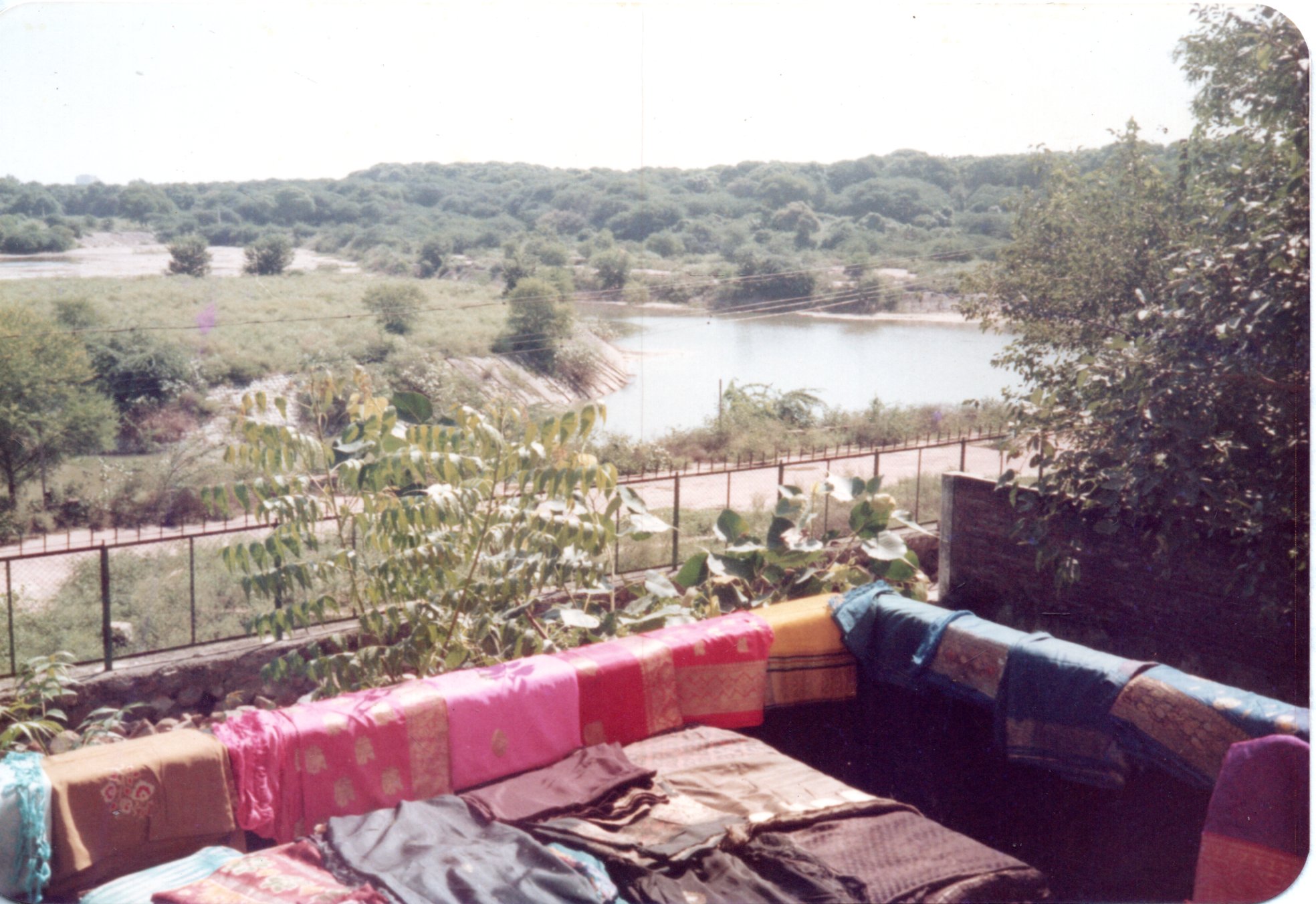
There is no doubt that Bina’s display and décor at Once upon a Time was radical and quite different from anything that had been done in India. The intention, she says, was simply to create a stir.
Crowd puller
Every connoisseur of art and fashion who forayed into HKV found something to delight them. Bina remembers, “The place held wonderful little surprises for everyone – not least being the view from my terrace; I took on the painstaking challenge of engaging anyone I could find with a creative talent, be it candle-making, leather craft, jewellery, painting, cooking among others. I visualised an eclectic mix of creative arts to satisfy the taste-buds of everyone who took the trouble of finding their way into the village.”
The village changed forever with international celebrities, diplomats and elite tourists making it a must-visit spot on the map of Delhi. Even Sonia Gandhi would visit. Bina laughs, as she says, “I got the nickname ‘Godmother of Hauz Khas Village’.”
In the span of a year, rooms that were empty or housed buffaloes or grains became trendy, arty shops and a hot-spot in the city. Since then, HKV continues to be one of Delhi’s attractive destinations for tourists.
Another long-time HKV entrepreneur and aroma-therapist, Blossom Kochhar, recalls that she was drawn to the village for its rustic charm. She has been at the village for almost two decades now.
“Though it is no longer the fashion hub it was, it is still an interesting place and draws people to eat and shop. Although today it has more pubs, eateries and handicrafts instead of hi-fashion labels, I still find it beautiful and interesting to continue to operate from there,” she says.
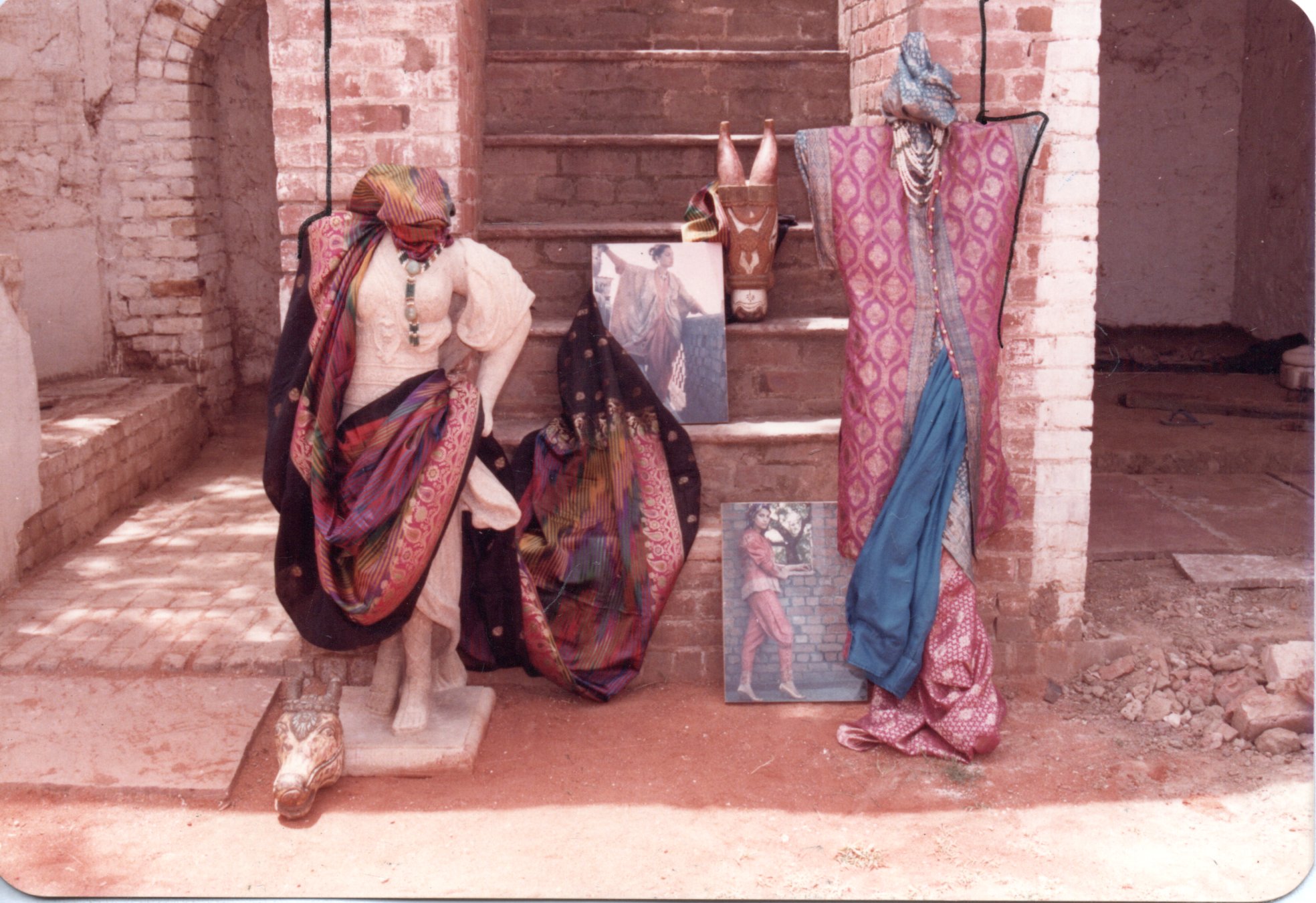
Mahijeet Singh, Bina’s friend and one of the first to set up her business in HKV, says, “A whole lot of us like Kavita Bhartia, Lekha Poddar, Karuna Goenka were attracted to the place because of its unique synergy of rural and urban ambience. I started my boutique Krishna, which dealt with old textiles, because Bina asked me to open a shop in the village. We were all apprehensive and wondered if it would take off but it did remarkably well from the start and soon became a go-to place in Delhi.”
Mahijeet has moved her shop to Saidulajab, considering the change in ambience of the village.
“The visitors to HKV have now changed. Bina used to pull in the best people, like Bianca Jagger and other international celebrities. HKV is still a crowd puller, but the crowd and the characteristic buzz of HKV has changed.”

